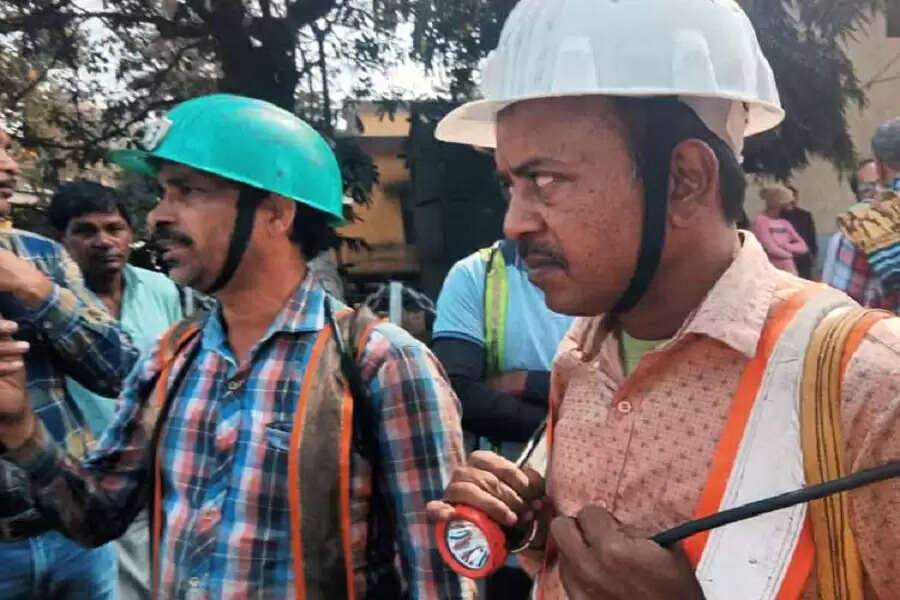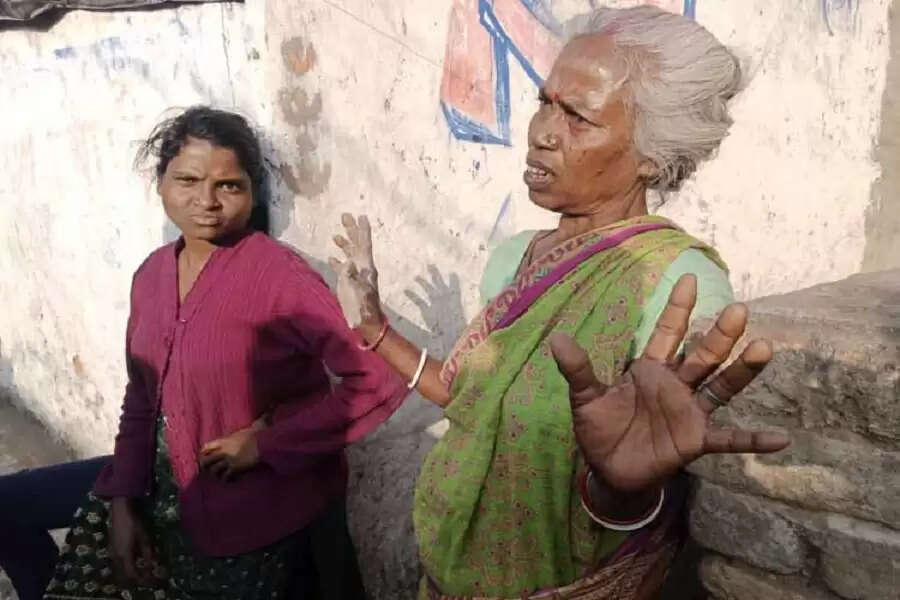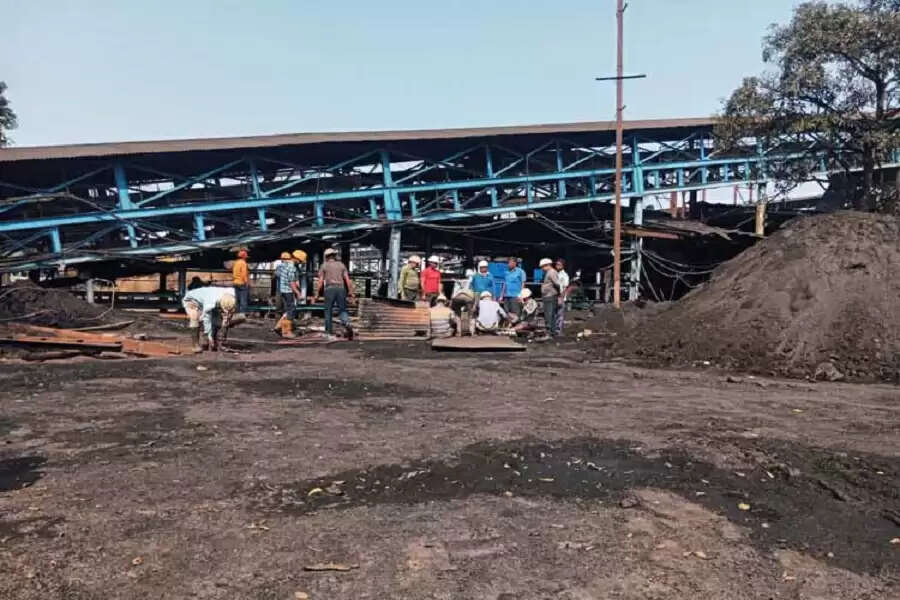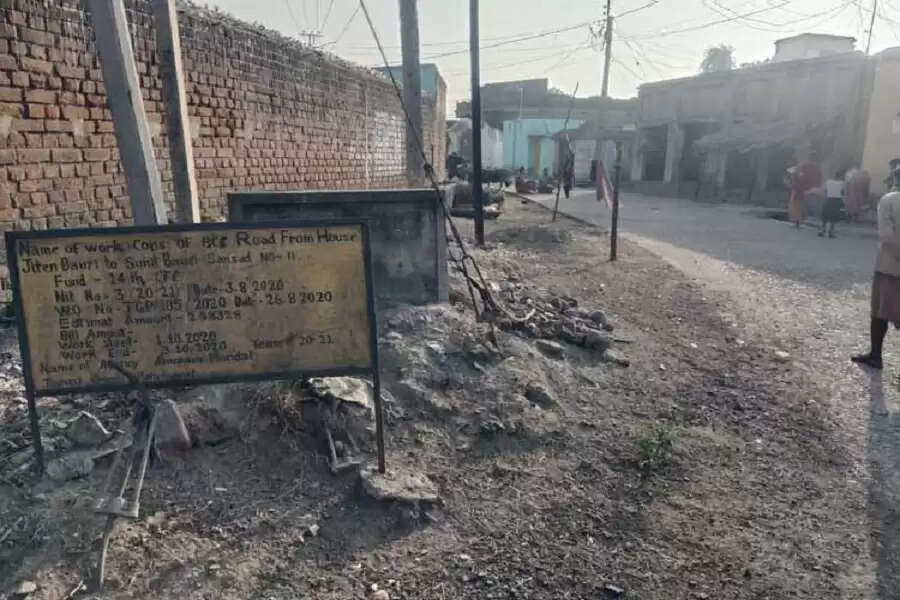-
India's largest underground coal mining area sees rising production, shrinking jobs and challenge

Rekha Bauri is on the slope of her age. These days, she earns her living by working in a brick kiln. When this reporter asks how old she is, she says in Bengaliquickly – "Look at me and guess". Rekha Bauri, in her 60s, lives in a settlement next to the closed Topsi Coal Mine in India's oldest coal mining area Raniganj coalfield. The name of this town is also Topsi. This area is located in the West Burdwan district of West Bengal. According to NITI Aayog's Multidimensional Poverty Index, 20 per cent of the population in Burdwan district is multidimensionally poor. West Burdwan district came into existence after the reorganization of Burdwan district in 2017.
Like Rekha Bauri, most other women from her hamlet, including Madhumita Majhi, Saraswati Bauri, said that their family's dependence for employment is not on coal mines, but they earn livelihood from other jobs. Some families have admitted to dependence on coal and there are some families who have just become free from coal-based livelihoods. This is the situation when the production in this coal mining sector has increased.

Rekha Bauri who works in a brick kilns. 
This settlement seems to be a mixed form of slum and residential area of low income people. The Beraunak government school building, a factory behind it and a pond created with its waste and women making coal powder, show how difficult it is for the people here to still get fuel for cooking.
"My father Srijan Ruidas used to work in the coal mine, but he stopped working there three months ago," says Vishal Ruidas, 19, from this hamlet. The contractor used to give them Rs 120-130 a day, now they work elsewhere and earn more than that." Asked why his father was working in a coal mine even at low wages, Vishal says, "What about the poor will work wherever they get work. However, Vishal is more clear about himself and says he will not work in a coal mine."
"It's been five years since this mine was shut down, the workers here have been shifted by the management to another mine," says Devashish Das, a resident of this hamlet.
Decreasing staff, decreasing options
"When he joined here in 2002, there were 2500 employees and now it has come down to around 800," said Mo Imtiaz Khan, who works as a safety supervisor at kunstoria colliery, a few kilometres from Taapsee. Around 80 employees with Khan contract work in day shifts and they are not in production.
The complaints of coal mine workers are on several issues with the companies. For example, the condition of basic facilities like education, health and water is deteriorating. Another coal worker, Mo Kamal, says– "My father also worked in the mine and I got a job in exchange for land. They say that health and education in this area are not the focus of management. There is also a problem of water in the colony. They say there is no medicine available in the ECL Hospital."
"In Krishnanagar, the ECL used to give money to Central School, but it has been stopped, causing problems," says Mo Imtiaz.
Eastern Coalfields Limitedgrapples with challenges
Just as the energy sector is facing transition challenges,ECL (Eastern Coalfields Limited) is struggling with the challenge of expanding and increasing revenue. However, during this time it is constantly trying to increase its production, so that the needs of its largest customer NTPC, including other industries, other coal-based power plants, can be met.
According to Ajay Kumar Sharma, GM, Jhanjhara Coal Mine Area of ECL, Jhanjhara is the largest underground coal mine in the country and it is profitable. He said that 80 to 85 percent of mining in this coal mine area is underground and the rest is open cast.

Workshop of Jhanjra coal mine. It is an interesting fact that even when most of the underground coal mines in the country are closed due to high cost, this mine is still in advantage.

Topsi Basti is deprived of basic facilities. At present, this coal mine area production has 3.63 million tonnes per annum, which will increase to the next five million tonnes using new technology. The production of this coal mine area has reached 0.77 million tonnes and according to GM Sharma, production increased due to a major change in the level of technology in 2017.
According to the ANNUAL REPORT 2021-22 of THE ECL, india's coal demand will reach 2030 million tonnes by 1448, of which 90 per cent will be non-coking coal and 80 per cent of non-coking coal will also be consumed in the power sector.
The company's performance and revenue surged to 27.94 per cent over the previous year, the COMPANY said in its report. The company mined 8.996 million tonnes of coal from underground mines and 23.432 million tonnes from open cast mines.
The Eastern Coalfields Limited mentioned in its annual report is facing extreme resistance in coal mining and has flagged environmental regulations as a bottleneck.
(This story was covered as part of the Net Zero Workshop organized by Earth Journalism Network in Kolkata.)
